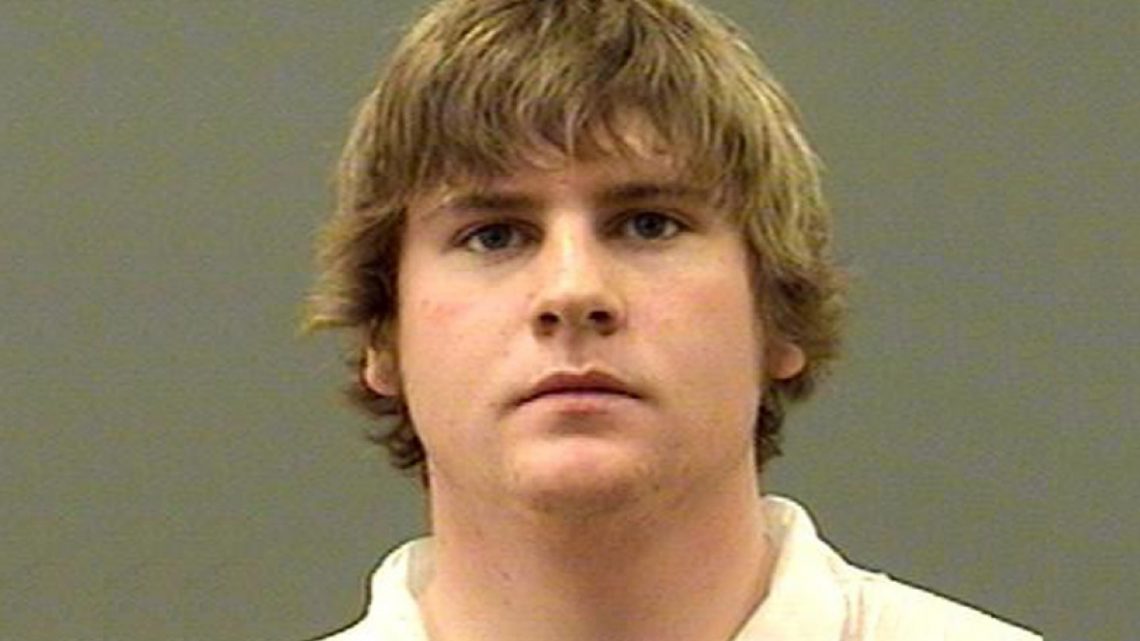A notorious serial killer has been transferred from a maximum to a medium security prison, something that is not sitting well with all four of his victim’s families.
Prince George/Cariboo MP Todd Doherty said that the families of Cody Legebokoff’s victims have contacted him in regards to the transfer.
Legebokoff was convicted in Sept 2014 of four counts of first degree murder for the killings of Loren Leslie, 15, Natasha Montgomery, 23, Jill Stuchenko and Cynthia Maas, who were both 35.
Legebokoff was just 24 years old at the time of his conviction.
In an interview with MyPGNow.com, one of the victim’s mothers, Louanne Montgomery said she received a registered letter on Jan. 31st, 2019 from Victim’s Services stating that Legebokoff had been transferred on Jan. 23rd.
According to Doherty, two of the families had not been notified of the transfer.
“They were obviously enraged at this, they wanted to see how this could have taken place,” he said.
Doherty adds, a major concern is that Legebokoff has never admitted guilt, and has never revealed the location of the remains of one of his victims, Natasha Montgomery.
“He continues to re-victimize the families and here he is being given, some could say a benefit, from going from maximum security to medium. He’s out of the eyes and the view of the families here, and that’s a real concern.”
In an email correspondence, Corrections Service Canada directed our media enquiry to the Corrections and Conditional Release Regulations, part of which included this list of factors for classifying an inmate;
17 The Service shall take the following factors into consideration in determining the security classification to be assigned to an inmate pursuant to section 30 of the Act:
- (a) the seriousness of the offence committed by the inmate;
- (b) any outstanding charges against the inmate;
- (c) the inmate’s performance and behaviour while under sentence;
- (d) the inmate’s social, criminal and, if available, young-offender history and any dangerous offender designation under the Criminal Code;
- (e) any physical or mental illness or disorder suffered by the inmate;
- (f) the inmate’s potential for violent behaviour; and
- (g) the inmate’s continued involvement in criminal activities.
Doherty said factors A, D and F are what need to be considered in Legebokoff’s security designation.
He referenced comments made by Mr. Justice W. G. Parrett during Legebokoff’s sentencing, which said that in the three cases where the bodies were discovered, the injuries in each case were “massive and disfiguring, the object of each attack appearing to be aimed at not simply killing the victims but degrading and destroying them.”
Parratt went on further to say that, “he (Legebokoff) lacks any shred of empathy or remorse. He should never be allowed to walk among us again.”
Doherty said it’s under the purview of the Minister of Public Safety and Security and the Prime Minister to change the classification of Legebokoff and move him back to a maximum security prison.
“I’m not faulting anybody, I think they followed protocol; but I think they got it wrong, I think they got this very, very wrong.”
His office is now reviewing the information before making its case to the Ministry.
Corrections Service Canada said it would be inappropriate comment on a specific case, however, they did say that “CSC has a rigorous case management process in place and all transfers are made in accordance with the Corrections and Conditional Release Act (CCRA). A thorough evaluation of all offenders is conducted and they are placed in facilities appropriate to their security and program needs.”
Something going on in the Prince George area you think people should know about?
Send us a news tip by emailing [email protected].






